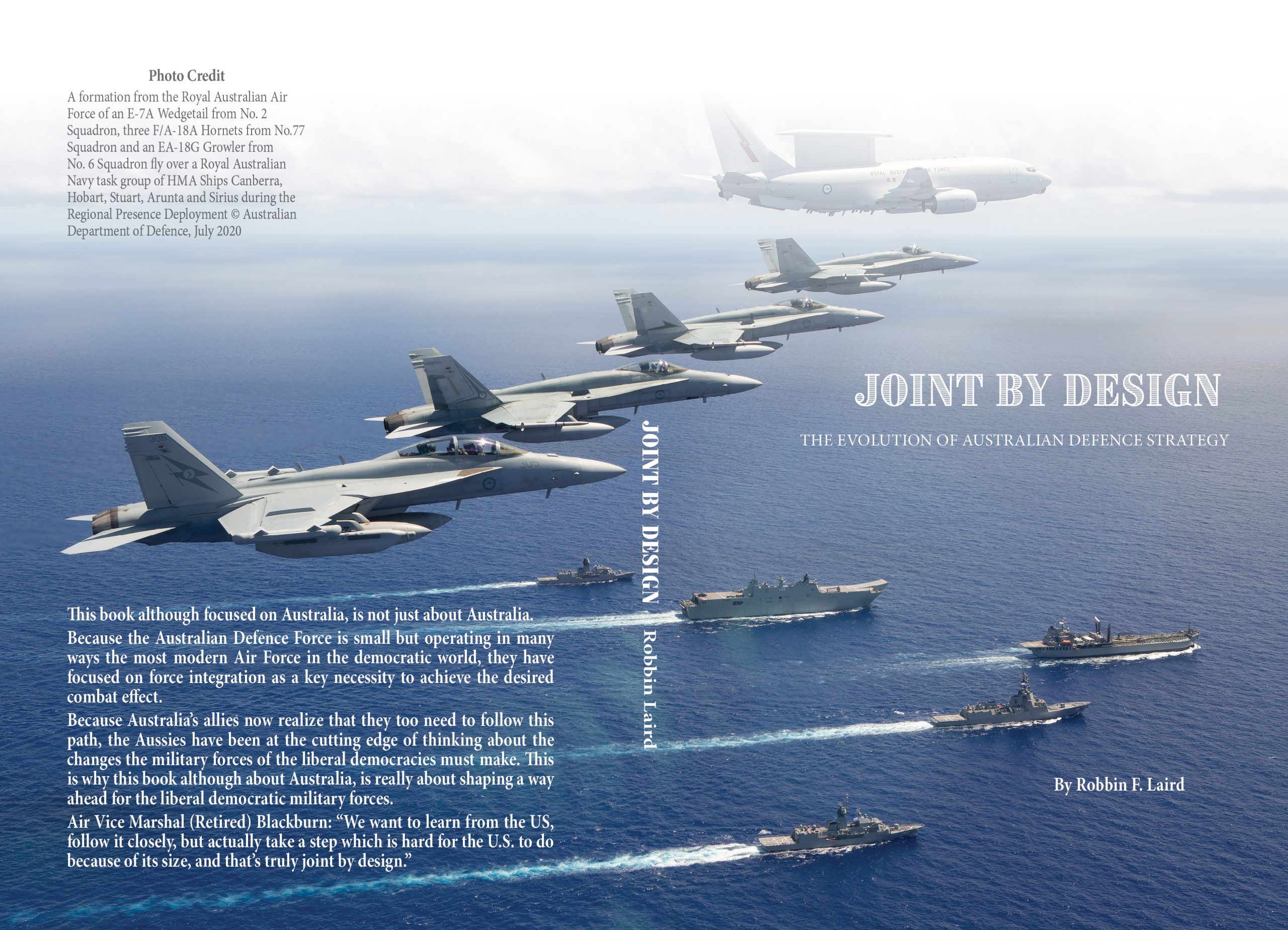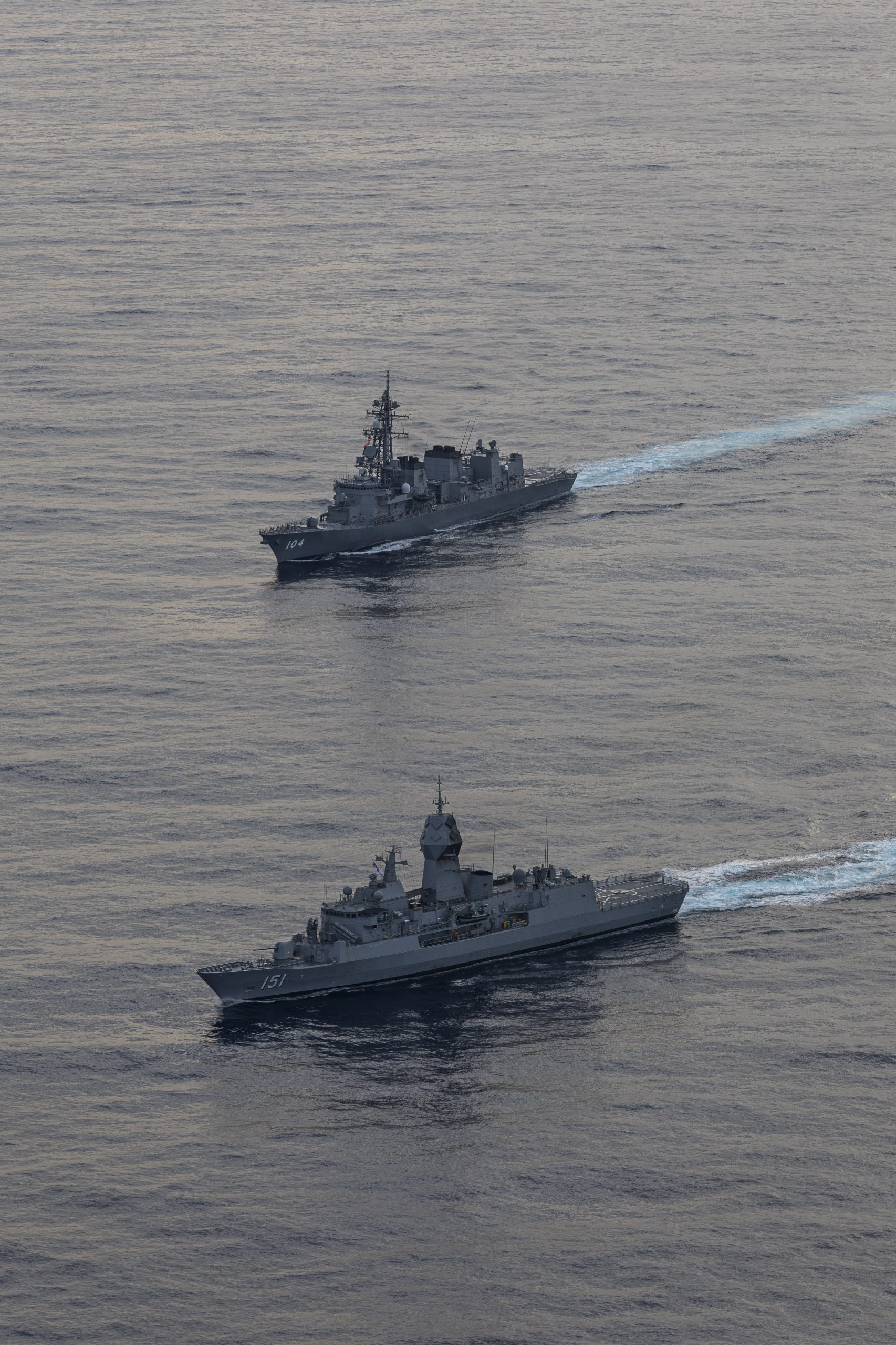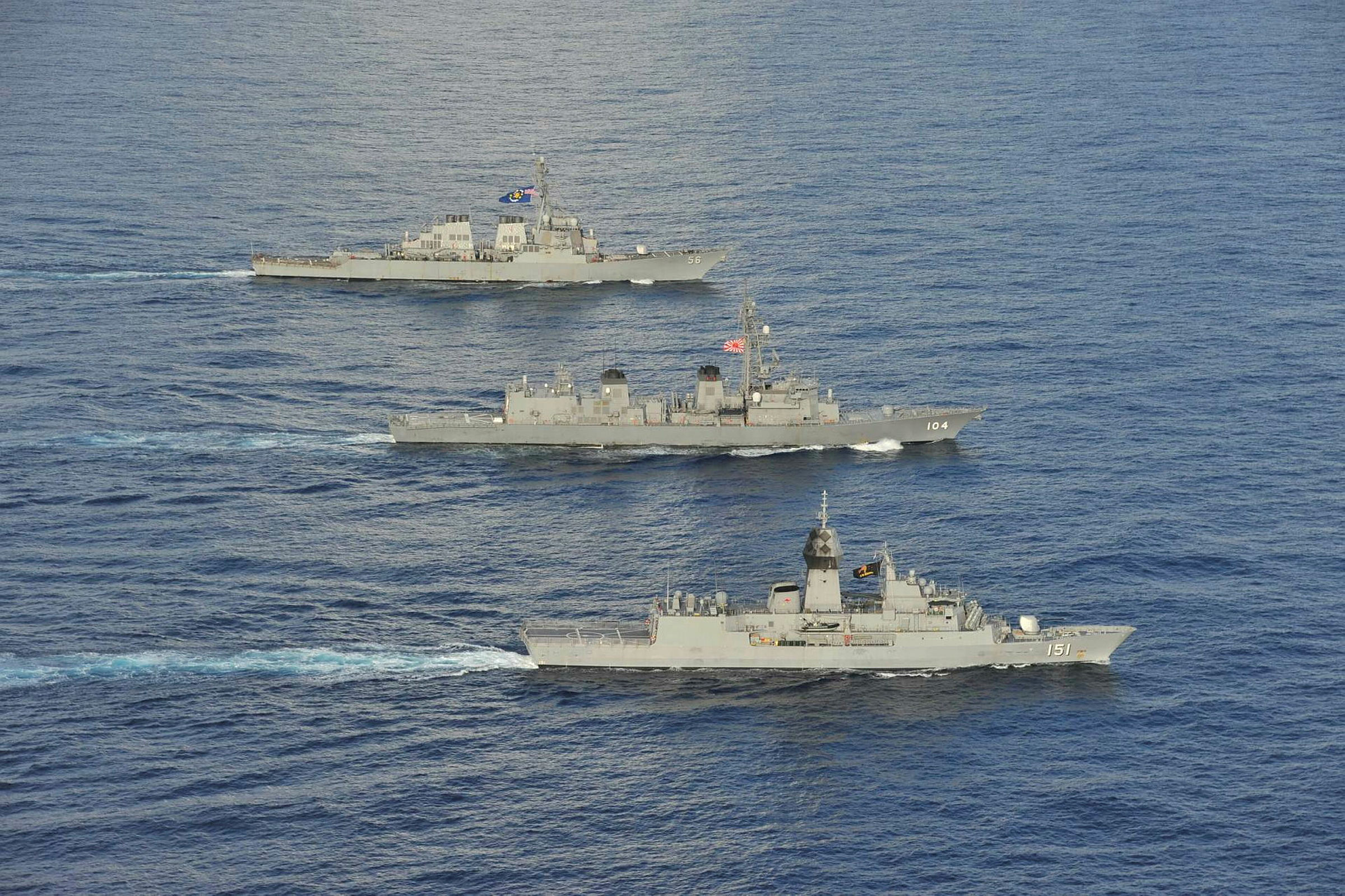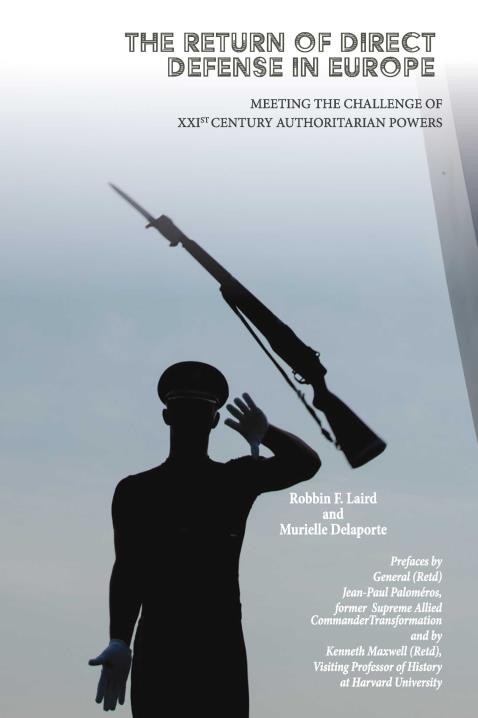By Robbin Laird
Frankly, until I went to San Diego this February, I had never heard of Maritime ISR officers. And looking at the web, it is apparent that I am not alone. But now NAWDC is training MISR officers and they have their own warfighting patch as well.
The importance of MISR cannot be understated. As Vice Admiral Miller, the Navy’s Air Boss has put it: “The next war will be won or lost by the purple shirts. You need to take MISR seriously, because the next fight is an ISR fight.”
During my visit to NAWDC in July 2020, I had a chance to continue the discussion of MISR with the Department head, CDR Pete “Two Times” Salvaggio as well as having lunch with students in the course as well.
What is entailed in “Two Times” perspective is a cultural shift. “We need a paradigm shift: The Navy needs to focus on the left side of the kill chain.” The kill chain is described as find, fix, target, engage and assess
Kill chain is to find, fix, track, target, engage and assess. For the US Navy, the weight of effort has been upon target and engage. As “Two Times” puts it “But if you cannot find, fix or track something, you never get to target.”
There is another challenge as well: in a crisis, knowing what to hit and what to avoid is crucial to crisis management. This clearly requires the kind of ISR management skills to inform the appropriate decision makers as well.
The ISR piece is particularly challenging as one operates across a multi-domain battlespace to be able to identify the best ISR information, even it is not contained within the ISR assets within your organic task force. And the training side of this is very challenging.
That challenge might be put this way: How does one build the skills in the Navy to do what you want to do with regard to managed ISR data and deliver it in the correct but timely manner and how to get the command level to understand the absolute centrality of having such skill sets?
“Two Times” identified a number of key parameters of change with the coming of MISR.
“We are finally breaking the old mindset; it is only now that the department heads at NAWDC are embracing the new role for ISR in the fight.”
“We are a unique organization at NAWDC for we do not own a platform. And the MISR school has both officers and enlisted in the team. We are not all aviators; we have intel specialists, we have cryptographers, pilots, crewmen etc.
“Aviators follow a more rapid pace of actions; non-aviators do not have the same pace of working rapidly within chaos. Our goal at MISR is to be comfortable to work in chaos.”
Another part of the shift is to get recognition that ISR does not SUPPORT the force; it is essential element of the combat capability for the force to be able to operate effectively. It is inherent to the force; not external to it.
The kill web approach is about breaking the practice of correlating specific sensors with specific weapons; it is about shaping a much broader understanding of how to work sensor networks to deliver the outcome one is seeking.
“Two Times” argued that the training within NAWDC to train MISR officers is not bad, but the big challenge is to work to break down habitual operational patterns of senior commanders, who really are not focused on how the ISR revolution is changing warfighting.
How to do a better job of linking up warfare training outside of NAWDC with the fleet?
They have deployed MISR officers on five CSGs to date; and the reaction of the senior officers is that they would never deploy again without this skill set. But it has taken 2-3 months during the deployment to get senior officers to gain appreciation of what a MISR officer can bring to the fight.
The kill web perspective is founded on a core combat platform or combat group understanding what adjacent forces, whether Navy, joint U.S. or coalition, can be leveraged for enhanced reach and combat effectiveness. The traditional CSG model focuses on its organic capabilities, and the skills are honed to get complete combat value from the integrated air wing working with the other elements of the carrier task force.
The kill web model is different. The CSG is operating in the extended battlespace. One is able to deliver multiple functionalities from the CSG but the focus then is upon contribution to the extended fleet or combat force, but not just in terms of what a tightly integrated CSG can provide This means that it is important to understand what the assets outside of the CSG can bring to the fight and, conversely, how carrier based assets can contribute more broadly to a distributed fleet as well.
And according to Two Times, this is one of the key foci of what MISR officers are addressing. “That is what we teach; we are an effects focused contributor; not a platform focused effort. There are not enough platforms to go around; not everyone is going to have their own P-8 but they may well need the kind of information which a P-8 like asset can provide.
“That is where the MISR approach comes in. You do not need to control the platform. Tell me what it is you need to know about, and we will reach out and find a way to get you that information. What critical pieces of information do you need to make the critical decision that you need to make. We will find a way to get you that information. And we work that entire process.”
“We work for C2. Because this skill set has not existed in the Navy, there is a lot of ad hoc solutions to close the ISR gap. Under the MISR approach, the elements of the Navy operating force can leverage the broader ISR assets rather than having a platform lassoed by a command element to provide only for its own needs.”
“The problem is that if that the command element is familiar with some platforms but not others which could deliver the desired information.”
In effect, the MISR officers are translators to the fleet of shaping requests for information to the kill web rather than to a specific Navy platform. “You can paint our uniforms into many colors. We are doing multi-domain ISR. We are building products for mission execution that get everyone on the same page.”
There is another aspect of the coming of MISR to the fleet which could have a significant impact on operational capabilities beyond what “Two Times” discussed. And that flowed from conversations at lunch with the MISR course participants.
There is a clear opportunity to add passive sensing to platforms operating within the force. For example, the CMV-22Bs will fly to the fleet for the logistics function, but why not place passive sensors on the aircraft to scoop up ISR information which can be distributed to an appropriate functional area. For example, the Romeo, P-8 and Triton communities are working to shape more effective integration. Clearly, MISR officers will know that ISR dynamics within that functional area and might be the perfect players to suggest what passive sensing on the CMV-22B might best provide to that force package or to one of the elements within that package.
The coming of MISR is a key part of reshaping the force and building out a kill web foundation for the maritime force. But being knowledgeable about ISR assets throughout the joint and coalition force and being able to tap into those either at the level of CSG or numbered fleet levels will be a significant training challenge. And new ways will have to be found to meet those challenges for sure.











